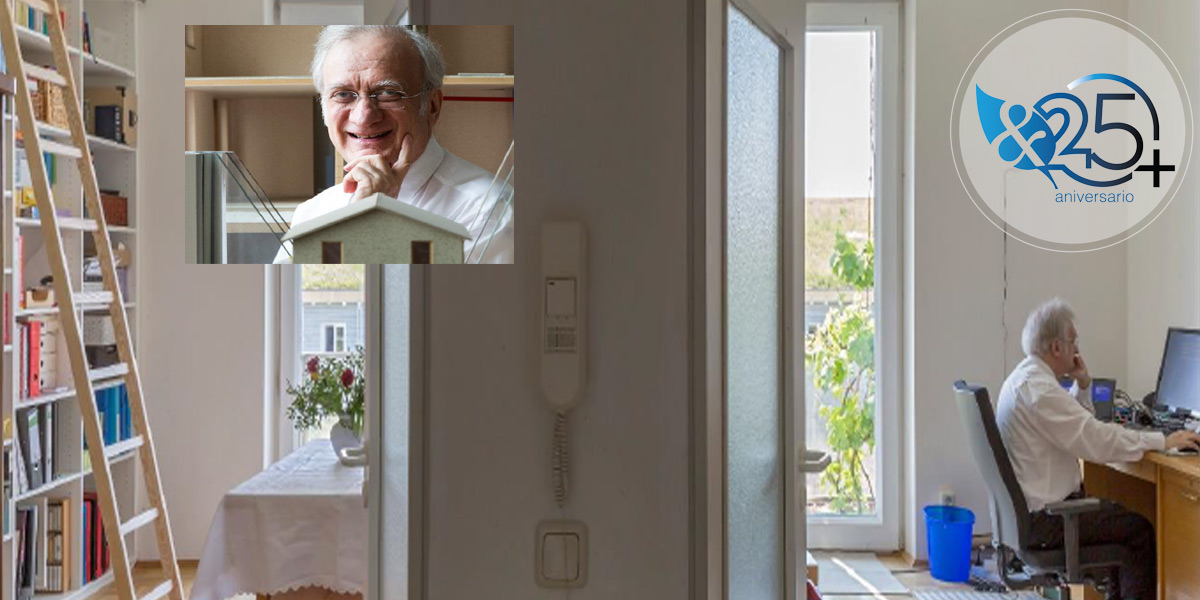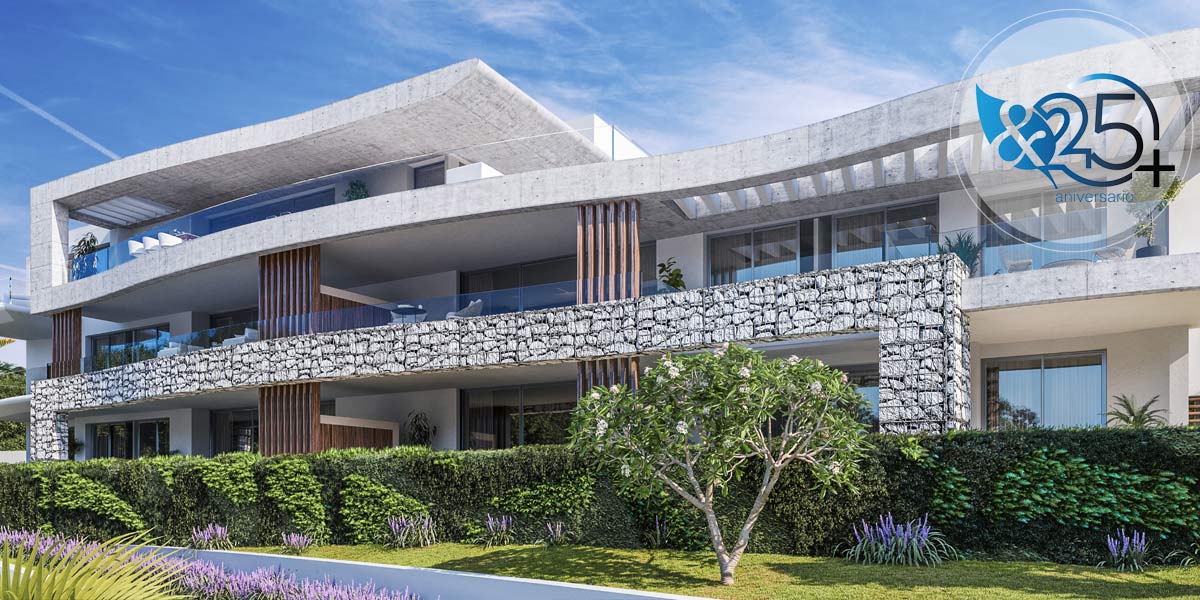- : :
González & Jacobson Arquitectura, an their architecture studio in Marbella, begins with the pilot project for the implementation and certification with the PASSIVE HOUSE sustainability seal in Block 10 of QUERCUS del Real de la Quinta.
With this pilot project it will be possible to share and learn about the qualities of the PASSIVHAUS concept, its advantages and improvements with respect to a non-certified construction, and the differences with respect to what is specified in the specifications that must be implemented to achieve this certification.
What does the PASSIVE HOUSE = PASSIVE HOUSE concept consist of?
PASSIVE HOUSE is not a brand, but a tested and certified construction concept that can be applied anywhere in the world, created by Dr. Wolfgang Feist, 25 years ago in Germany and Founder of the Passive House Institute.

PASSIVE HOUSE is a construction standard that consists of implementing and complying with all those qualities and specifications that are required for the building to be recognized as truly efficient from the energy point of view, comfortable and affordable at the same time.
What motivated Wolfgang Feist to promote PASSIVE HOUSE and alternative building concepts?
Already in the seventies it was clear that the era of fossil fuels was coming to an end and that the main problem with this form of energy (which was cheap at the time) was the carbon dioxide that was generated. However, during that time the focus was on the replacement of fossil fuels by the nuclear age. Only a few scientists had gone through the arduous process of correctly assessing the risks of energy from nuclear fission as well.
Get to the root of the problem
Viewed objectively, it was clear that another fossil energy substitution strategy was needed. For this reason, the root problem was addressed: it was analyzed what those huge amounts of energy that were pumped from the subsoil and whose residual products were released into the atmosphere after the combustion processes were really used for. The result was shocking: the majority of modern energy consumption went to heating buildings, that is, more than a third.
A shocking result
It was immediately clear to physicists that it could be done more efficiently; it was just a matter of putting it into practice. Therefore, he turned to the practical issues of heating systems, heat distribution, windows, roofs and ventilation systems.
However, a PASSIVE HOUSE is more than just a low-energy building:
- Passive houses allow energy savings in heating and cooling of up to 90% compared to typical buildings and more than 75% compared to the average of new constructions. Passive houses use less than 1, 5 l of oil or 1.5 m3 of gas to heat one square meter of living space for one year, much less than ordinary “low consumption” buildings. Large energy savings have been shown in hot climates, where typical buildings also require active cooling.
- Passive houses make efficient use of the sun, internal heat sources and heat recovery, making conventional heating systems unnecessary even in the coldest winters. During the warmer months, passive houses use passive cooling techniques, such as strategic shading, to maintain comfort.
- Passive houses are praised for the high level of comfort they offer. Indoor surface temperatures vary little from indoor air temperatures, even when outside temperatures are extreme. Special windows and the building envelope, made up of a highly insulated roof and floor, as well as highly insulated exterior walls, keep desired heat inside the house, or unwanted heat outside.
- A ventilation system seamlessly supplies constant fresh air, resulting in superior air quality without unpleasant draughts. A highly efficient heat recovery unit allows the heat contained in the exhaust air to be reused.
In summary PASSIVE HOUSE is construction for energy efficiency, comfort and affordability.
PASSIVEHOUSE in the world
The PASSIVE HOUSE concept itself remains the same for all climates around the world, as does the physics and principles behind it. However the details must be adapted to the specific climate. A building that meets the PASSIVE HOUSE standard will be very different in Alaska than it is in Zimbabwe or Spain.
We leave you with the following link if you want to know more about PASSIVE HOUSE.
https://passivehouse.com/02_informations/01_whatisapassivehouse/01_whatisapassivehouse.htm
González & Jacobson Arquitectura, committed to the environment, sustainability and the implementation of constructions for efficient energy, always bears these aspects in mind when planning and designing each of its projects.




